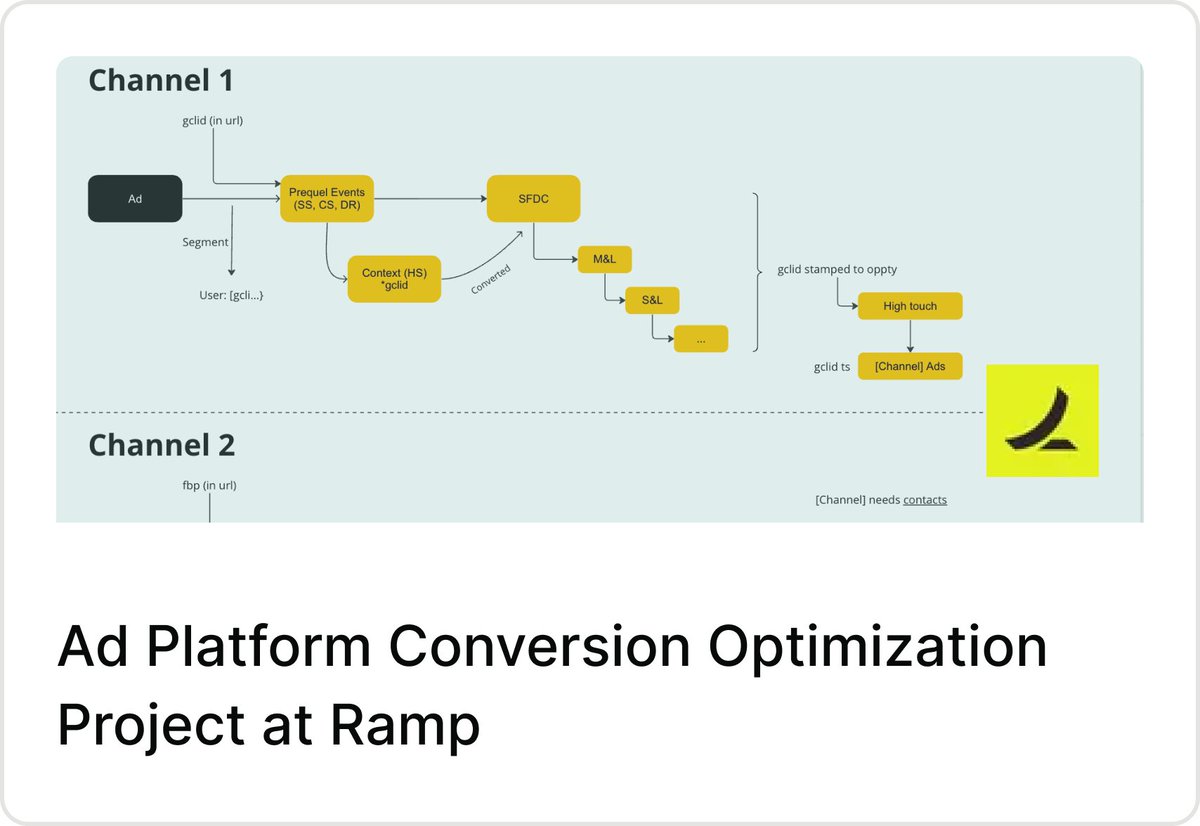The Entertainment Value Curve - Awesome post by @ravi_mehta (Former CPO Tinder, FB, TripAdvisor) on product strategy in the social space and why TikTok is on 🔥 and Quibi is 📉
Post -> reforge.com/blog/entertain…
Summary Thread 👇👇👇
Post -> reforge.com/blog/entertain…
Summary Thread 👇👇👇
1/ Social content products are driven by entertainment value. Entertainment value is a combo of:
a: Social Value = the personal connection the viewer has with the content.
b: Production Value = quality of content relative to genre.
This creates The Entertainment Value Curve
a: Social Value = the personal connection the viewer has with the content.
b: Production Value = quality of content relative to genre.
This creates The Entertainment Value Curve

2/ Different products live along this curve.
Snapchat on one end of the spectrum. Production value is low, but social value is very high with personal connection to everyone making the content.
Netflix on the other end. Production value high, social value low.
Snapchat on one end of the spectrum. Production value is low, but social value is very high with personal connection to everyone making the content.
Netflix on the other end. Production value high, social value low.
3/ You can measure social value with creation participation rate among users. 60% of users on Snapchat create per day. 2.5% of users on Youtube have every created....
4/ You can measure production value with a content distribution curve. High production value have views concentrated on a smaller number of pieces of content. Vice versa for low production value. 

5/ "The problem with Quibi is the product isn't optimized for the Entertainment Value Curve. Quibi added format, length, viewing constraints that make it hard to equal production value of Netflix content, but did not supplement those constraints with increased social value."
6/ "The solitary nature of Quibi’s experience is reflected in the app’s design. There are no signals that anyone else in the world is watching. Twitch, YouTube, Instagram, and TikTok are brimming with activity. Reactions, comments, and messages make those apps feel alive."
7/ The TikTok product is specifically built for sharing:
a. The infinite loop facilitates passing the phone around and sharing while still playing in the background.
b. The default experience (right hand rail) is dedicated to social...
a. The infinite loop facilitates passing the phone around and sharing while still playing in the background.
b. The default experience (right hand rail) is dedicated to social...
8/
c. They break the wall down through its algorithm to reward creation increasing creation participation rate.
d. They encourage mimicry increasing creation participation rate even further.
c. They break the wall down through its algorithm to reward creation increasing creation participation rate.
d. They encourage mimicry increasing creation participation rate even further.
9/ All of this leads to nailing the social content engagement loop of Creation feeding Consumption feeding Conversation feeding Creation. 

10/ Full post here with what @ravi_mehta would do if he was in Quibi's shoes -> reforge.com/blog/entertain…
Ravi's blog is also A++ -> ravi-mehta.com
Ravi's blog is also A++ -> ravi-mehta.com
• • •
Missing some Tweet in this thread? You can try to
force a refresh





